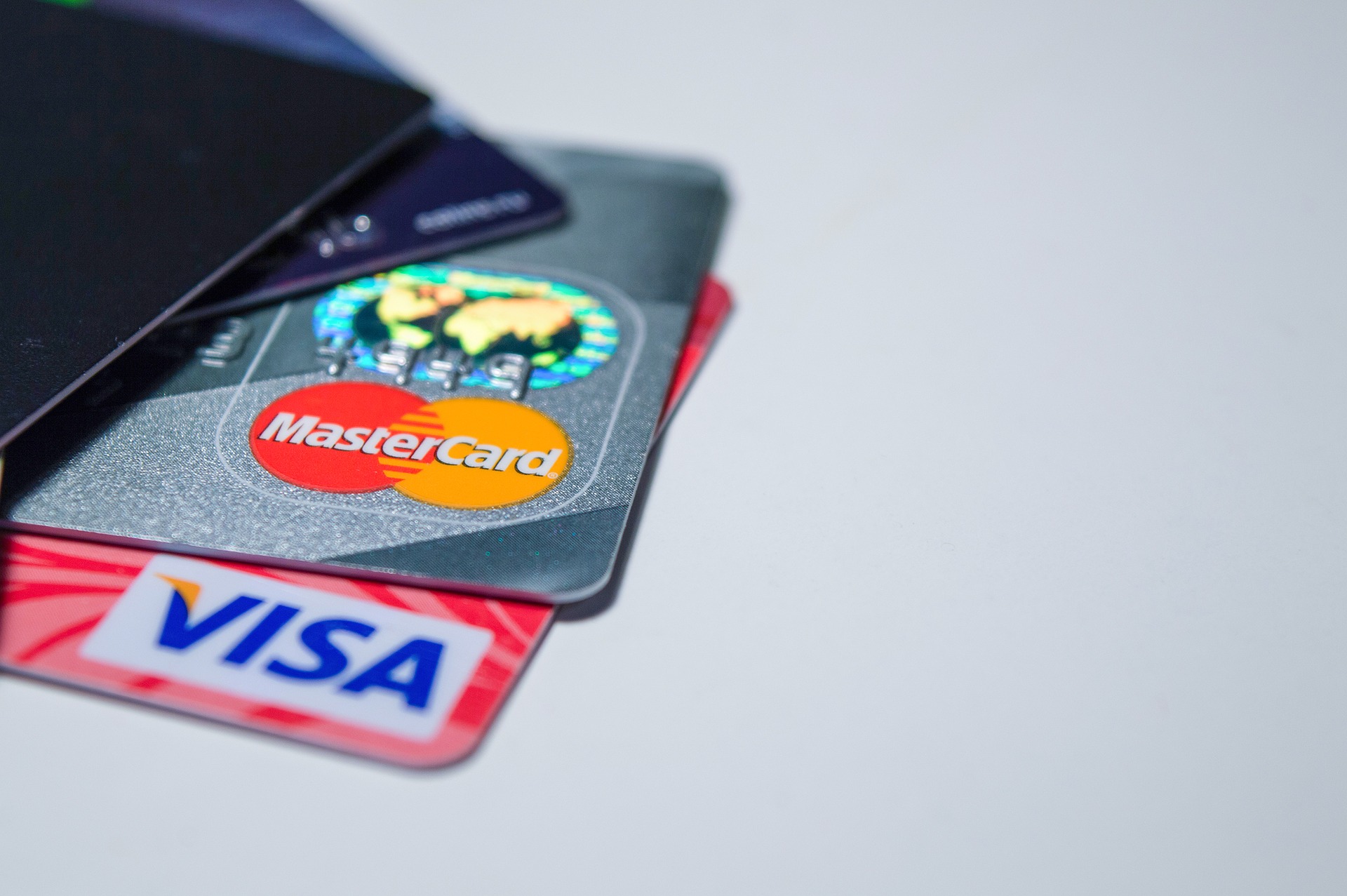
How a Dynamic Card Verification Code Reduces Credit Card Fraud
When you buy a product online, the merchant will ask for the three-digit code on the back of your credit card. This card verification code (CVC), also known as a card verification value (CVV), helps protect you against fraud. It’s only listed on the back of your card and isn’t stored by payment processing software. The merchant knows that you actually have the credit card in your hands when you enter this code. At least, that’s how the verification system was designed.
But an unethical merchant, or an employee, could write down the code or take a picture of the back of the card. Or hackers could break into a payment software platform and record the codes that pass through it. If those things happen, the card verification code won’t protect you anymore. But banks have now come up with a way to protect you even if your CVC gets stolen. They’re issuing credit cards with dynamic CVCs. For example, Deutsche Bank recently launched a card like this in Spain with help from Mastercard and Idemia. And these cards have benefits for everyone involved with a financial transaction.
How a Dynamic Card Verification Code Works
Look at the back of your credit card. The code’s most likely printed on paper, with ink. A dynamic card verification code is displayed with electronic ink instead. Applying electric current to the ink changes the three-digit code it shows you. Of course, this requires the bank to install a battery inside the card. That makes the card more expensive, and the card will need to be replaced if the battery charge runs out.
Because the code display is powered by a battery, the bank can’t change the code too often. It might not change with every purchase. A verification code could remain valid for a few hours, or even a day. So a thief can only use a stolen code for a short period of time before it stops working. If a hacker obtains your CVC, the code might expire before you learn about the incident.
Dynamic Card Verification Code Benefits for the Bank
Most banks don’t offer cards with dynamic verification codes. So if a bank releases a card with one, that makes its customers feel more secure. This could prevent unhappy customers from switching to another bank. It could also convince other banks’ customers to switch to the bank with the added security. Even if another bank has software that provides a better user experience, customers may prefer the bank with stronger protection from credit card theft.
Aside from that, dynamic verification codes greatly reduce fraud. So the bank will lose less money to fraud, and will have to employ fewer employees to deal with fraud claims. It also won’t have to mail out replacement credit cards as often. Of course, there will be an upfront cost when the bank mails out the credit cards with dynamic verification codes for the first time.
Dynamic Card Verification Code Benefits for the Online Merchant
Card not present fraud is a big deal for online merchants. And the problem is getting worse. After banks replaced magnetic strips with chips, it got much harder to use a fake credit card in person. So thieves focused on defrauding online merchants instead. Because of this problem, banks began requiring merchants to ask for CVV codes from their customers. Online purchases are no longer approved without the three-digit security code. And that gave hackers a big incentive to steal these codes.
Shifting codes also help merchants protect themselves from customers. This includes friendly fraud, where customers intentionally make purchases and later claim they were fraudulent. It also includes customers who aren’t trying to commit fraud. During the holiday season, many people bought a lot of presents. They might not remember buying some of them. Maybe they went to a party and shopped online after they were drinking. Or they went to a fancy resort and weren’t paying attention to the services they were buying. They might have even loaned their credit card to a friend or family member who used it to go shopping. With a dynamic security code, it’s easier for the merchant to prove that the credit card owner had the card when the purchase took place.
Dynamic Card Verification Code Benefits for the Customer
If a fraudulent website tricks you into entering your CVC, you no longer have to worry about hackers using it to drain your accounts. Debit cards have less protection against this than credit cards, but you could still be liable for fraudulent credit card transactions. Thieves may attempt to steal your CVC in multiple ways; they may ask you to provide the code over the phone, for example. Dynamic security codes don’t just protect you while you’re shopping online.
There is one downside of using dynamic codes, though. If you’re using a subscription service that bills your credit card each month, the stored CVC will no longer work at the end of the month. While the banks and credit card companies attempt to figure out a fix for that problem, you could use another payment service to handle recurring bills.
Conclusion
Dynamic card verification codes can protect you from several types of fraud. They’re most useful when you’re shopping online, but could also be useful if you make purchases on the phone. You won’t need them if you’re shopping in person, though. With online shopping and card not present fraud both becoming more common, the demand for dynamic security codes is likely to increase. If you’re considering a move to a new bank, it’s worth checking whether its cards have this security feature.